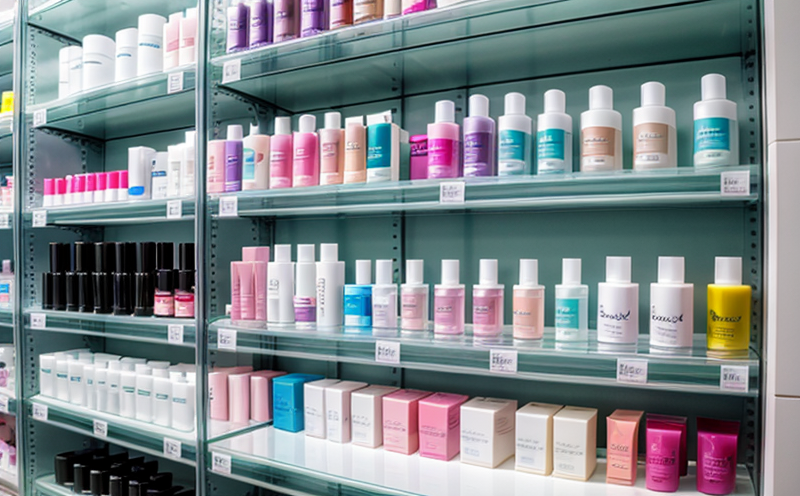Real-Time Shelf Life Testing in Cosmetics
Shelf life testing is a critical aspect of cosmetic product development and quality assurance. It ensures that products remain safe, effective, and as intended throughout their shelf life. This service focuses on real-time shelf life testing for cosmetics, which involves monitoring the physical, chemical, and biological changes in formulations over time to predict their stability and shelf life.
The primary goal of this testing is to ensure compliance with regulatory standards while enhancing product quality. Regulatory bodies such as the US Food and Drug Administration (FDA), European Commission, and other national authorities require manufacturers to demonstrate that their products are safe and effective for the intended duration before they go to market. Real-time shelf life testing provides a more accurate prediction of how long a cosmetic formulation will remain stable under real-world conditions.
During this process, samples are exposed to various environmental factors such as temperature, humidity, light, and oxygen that could affect their stability over time. The test parameters include but are not limited to pH changes, color variations, texture alterations, microbial growth, and chemical degradation. These tests mimic the conditions that consumers might encounter in their home environments.
Preparation of samples for testing is crucial. This includes selecting representative batches of the cosmetic product, preparing appropriate quantities, and ensuring they are stored under controlled environmental conditions before exposure to real-world stressors. Once exposed, observations are made regularly using a combination of visual inspection, chemical analysis, microbiological testing, and other relevant methods.
The instrumentation used in this process may vary depending on the specific parameters being monitored. For instance, pH meters can measure changes in acidity or alkalinity over time; spectrophotometers help assess color stability; and microbiological culture techniques determine any growth of harmful microorganisms. Additionally, accelerated aging chambers simulate extended exposure to light, heat, and humidity, providing insights into potential long-term effects.
After completing all necessary evaluations, comprehensive reports are generated detailing each aspect observed during the tests. These reports serve multiple purposes including supporting regulatory filings, guiding formulation adjustments, informing marketing strategies, and ensuring continued compliance with relevant international standards such as ISO 15473-2:2019 for cosmetic packaging.
- International Acceptance and Recognition
- Environmental and Sustainability Contributions





